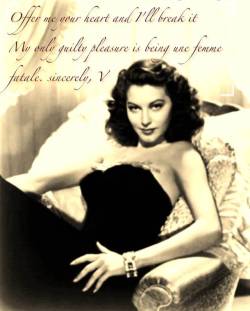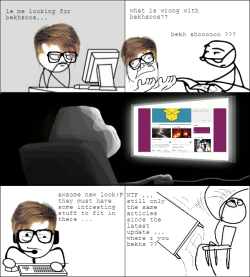When Little Red Riding Hood Becomes a Big Bad Wolf
805 viewsAnd so, Little Red Riding Hood just had to be little, female and hooded.
Let’s step back to take a look at the different versions of the parable. In its first written form (Perrault, 1697) Little Red Riding Hood’s mother asks her to deliver some cake and wine to her grandmother and warns her not to talk to strangers along the way. Little Red Riding Hood meets a wolf who inquires about her destination and beats her to it, swallows the grandmother and then disguises himself as the old woman. Upon Little Red Riding Hood’s arrival, he (assuming the role of the grandmother) asks the little girl to “Put the cake and the little pot of butter upon the stool, and come get into bed with me [him].” And so “Little Red Riding Hood took off her clothes and got into bed.” (Perrault, 1697) The wolf devours her. End of tragic story.
Newer versions (Grimm & Grimm, 1812) have tried to alleviate the drama by adding a part in which a huntsman passing nearby suspects something wrong and then rescues Little Red Riding Hood and her grandmother by disemboweling the wolf. The Lebanese version (or at least the one that runs in my family) includes an additional warning from the mother instructing Little Red Riding Hood to take the short-cut rather than the long way to her grandma’s, but of course the little girl disobeys…
In any case, regardless of how diluted the ending may be the moral is still the same: don’t talk to strangers and stay obedient to parents. The moral is understandable, but the way in which it is presented gives the idea that Little Red Riding Hood brought all of this upon herself by first disobeying her mother. The wolf is a villain by nature; evil is simply expected and accepted of him. It is up to Little Red Riding Hood to “avoid” what the wolf has in store for her and protect her red hood (a symbol of her maidenhood).
Such an attitude has persisted until this very day. Rather than fighting harassment and rape, people have succumbed to the existence of these crimes and now blame victims for ‘asking for it’ or for ‘not avoiding’ settings in which it could happen. Although it’s understandable to try and avoid being in such situations, but evasion is not a solution; it is rather running away from the problem and allowing it to establish itself on firmer grounds both as a physical reality and in peoples’ minds. Rape and harassment can happen anywhere, anytime and to anyone. Myriam Achkar, “a young woman, 28, takes a 20-minute walk from her home in the suburbs and gets sexually attacked and murdered by a man.” Did being Christian save her? Was her virgin status a deterrent for the rapist? Was her destination (a church) a disincentive for rape? Kimi Elle was harassed by her university’s security guard. Did going out in broad daylight save her from his attempts? A friend who wears the veil was raped. Was she too asking for it? Is it too unbearably provocative for a woman to take a taxi that she just has to be harassed by the driver? Would staying at home solve the problem? What about Lobna and Sara and countless others who were raped and harassed in the ‘safety’ of their own home?
If the wolf had been restrained or felt the need to consider consequences, Little Red Riding Hood would have had the freedom to take any path she wanted to reach her grandma’s. And if Little Red Riding Hood were taught how to defend herself, she wouldn’t need the all-too-brave huntsman to rescue her. Again, I emphasize, the moral of the story is valid, but this rendering of the fairy tale is framed as a patriarchal lesson in female obedience. It is such depictions that ultimately make big bad wolves out of fables like Little Red Riding Hood.
What would have happened if Little Red Riding Hood had been a boy? Did Little Red Riding Hood just have to be little, female and hooded? Does she still have to be?
—————-
Grimm, J. & Grimm, W. ”Rothkäppchen,” Kinder- und Hausmärchen. 1st ed. (Berlin, 1812), v. 1, no. 26. Translated by D. L. Ashliman.
Perrault, C. Histoires ou contes du temps passé, avec des moralités: Contes de ma mère l’Oye (Paris, 1697).





Leave a Reply